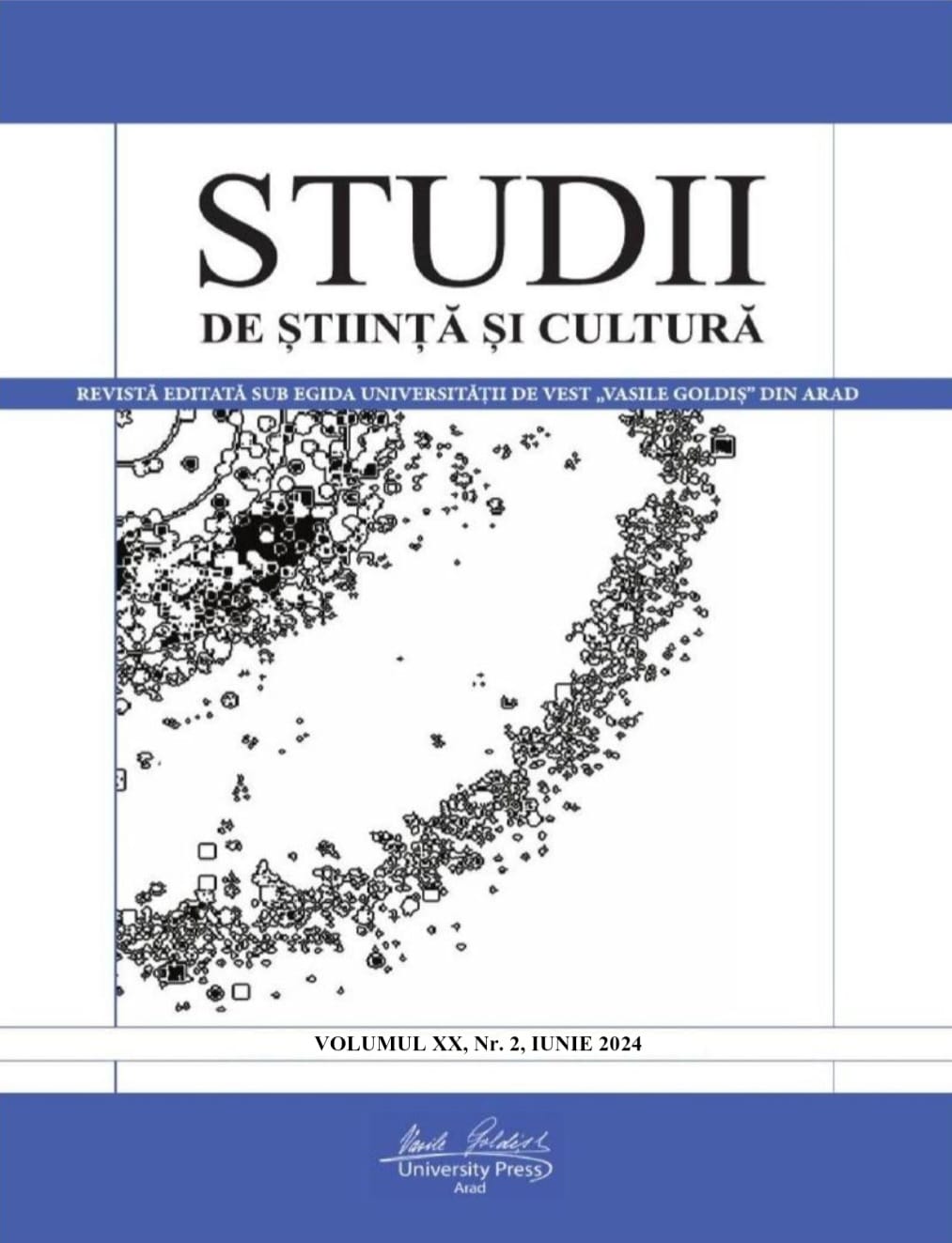TRANSITIVITÉ IMMANENTE, TRANSITIVITÉ TRANSCENDANTE EN ESPAGNOL
IMMANENT TRANSITIVITY, TRANSCENDENT TRANSITIVITY IN SPANISH
Author(s): Rania Talbi-BoulhaisSubject(s): Language and Literature Studies, Philology
Published by: Editura Universităţii Vasile Goldiş
Keywords: transitivity; verb; syntax; preposition; analysis/synthesis;
Summary/Abstract: In this work, this will involve highlighting the immanent transitive and transcendent transitive functioning of a certain number of verbal binomials and demonstrating the discursive relevance of the occurrences of the oppositional pair "morpheme represented" [transcendent predication] and "morpheme not represented" [immanent preaching]. The preposition marks a case of analytical discourse, while the "morpheme" ∅indicates a case of synthetic or synaptic discourse, that is to say a subject case, an object case or an attribute case that only the phrasal realization can discriminate according to Gustave Guillaume. As far as our corpus is concerned, only the object case will interest us, prepositional or not. Guillaume terminology seems, however, to pose a problem on the surface, because the object case is not only in Spanish a case of synthetic discourse but can also be presented in analytical or transcendent form in a sentence. If it is indeed a question of a problem of analysis and synthesis, it does not however concern the object case (which explains my previous remark "apparently") but rather and above all the nature of the verb (prepositional verb or speech verb with -a - or language verb with -∅-).
Journal: Studii de Ştiinţă şi Cultură
- Issue Year: XX/2024
- Issue No: 2
- Page Range: 41-50
- Page Count: 10
- Language: French

